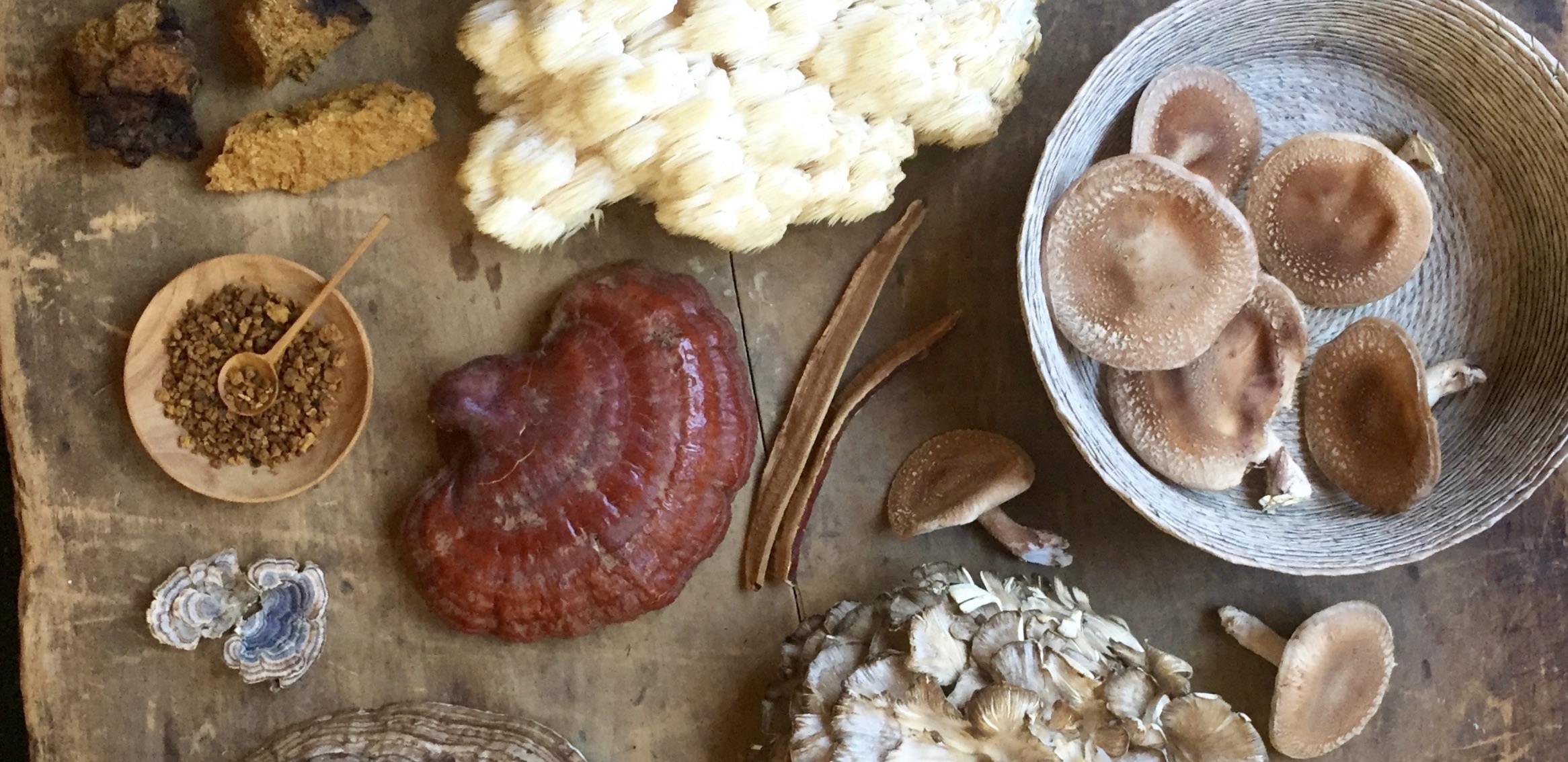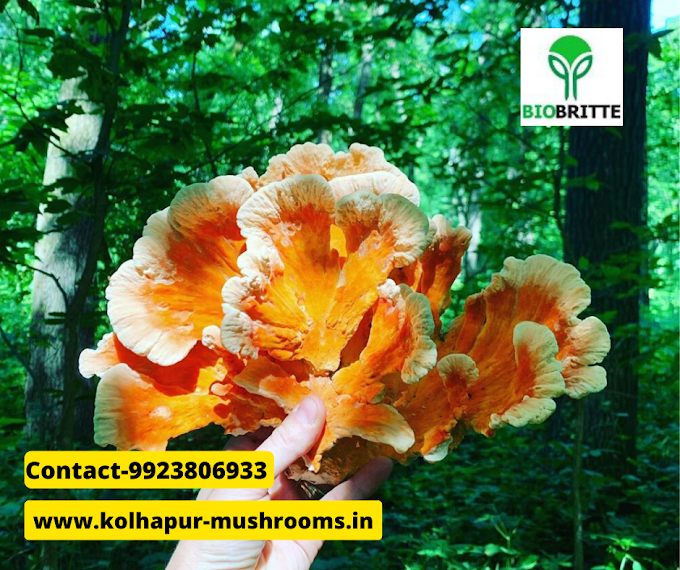Mushroom Herbalism: Exploring the Healing Properties of Medicinal Fungi
Mushroom herbalism, also known as mycology or mycotherapy, is a branch of herbal medicine that focuses on the therapeutic properties of medicinal fungi. Throughout history, various cultures have used mushrooms for their healing properties, and modern research continues to uncover their potential health benefits. Here are some examples of medicinal fungi and their healing properties:
1. Reishi Mushroom (Ganoderma lucidum):
- Reishi is often called the "mushroom of immortality" in traditional Chinese medicine due to its purported health-promoting effects.
- It is rich in bioactive compounds such as polysaccharides, triterpenes, and antioxidants, which have anti-inflammatory, immunomodulatory, and adaptogenic properties.
- Reishi is used to support immune function, reduce stress, promote relaxation, and improve overall well-being.
- Turkey tail is recognized for its distinct fan-like shape and vibrant colors.
- It contains polysaccharopeptides (PSP) and polysaccharide-K (PSK), which have been studied for their immune-enhancing properties.
- Turkey tail is commonly used in traditional medicine for supporting immune health, especially in individuals undergoing cancer treatment.
3. Lion's Mane Mushroom (Hericium erinaceus):
- Lion's mane is known for its unique appearance, resembling cascading white icicles.
- It contains bioactive compounds called erinacines and hericenones, which have been shown to stimulate nerve growth factor (NGF) production in the brain.
- Lion's mane is used to support cognitive function, memory, and nerve regeneration, making it potentially beneficial for neurological conditions like Alzheimer's disease and peripheral neuropathy.
4. Chaga Mushroom (Inonotus obliquus):
- Chaga grows on birch trees in cold climates and has a dark, charcoal-like appearance.
- It is rich in antioxidants, particularly melanin and triterpenoids, which have anti-inflammatory and immune-modulating effects.
- Chaga is used to support immune function, reduce inflammation, and promote overall vitality and longevity.
5. Cordyceps Mushroom (Cordyceps sinensis):
- Cordyceps is a parasitic fungus that grows on caterpillars in the wild but can also be cultivated.
- It contains cordycepin, adenosine, and other bioactive compounds that have been studied for their adaptogenic, anti-fatigue, and energy-boosting properties.
- Cordyceps is used to support energy levels, athletic performance, endurance, and respiratory health.
6. Shiitake Mushroom (Lentinula edodes):
- Shiitake is a popular culinary mushroom with medicinal properties.
- It contains polysaccharides, such as lentinan, which have immune-enhancing effects.
- Shiitake is used to support immune function, cardiovascular health, and overall vitality.
These are just a few examples of medicinal fungi, and there are many other mushrooms with potential health benefits. As interest in mushroom herbalism grows, further research is needed to understand the mechanisms of action, optimal dosages, and potential therapeutic applications of these medicinal fungi. It's essential to consult with a healthcare professional before incorporating medicinal mushrooms into your health regimen, especially if you have underlying health conditions or are taking medications.





